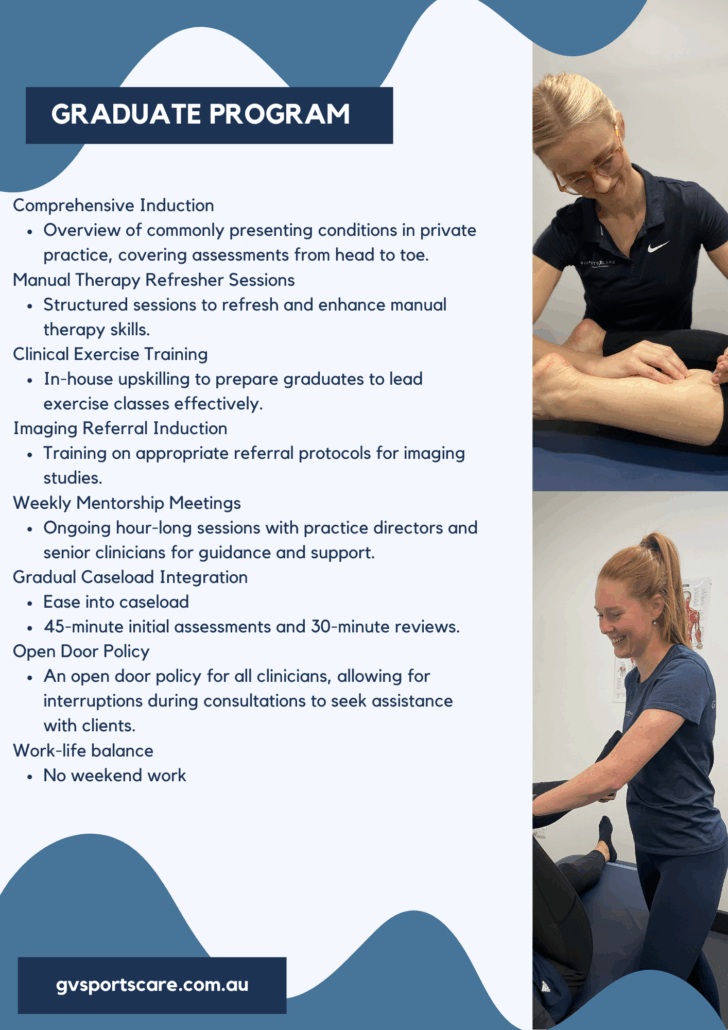First of all, what is the pelvic floor?
You’ve probably heard the term ‘pelvic floor’ thrown around here and there, but what actually is the pelvic floor and why is it important?
The pelvic floor is a group of muscles located in our pelvis that stretch like a sling from the pubic bone at the front of your pelvis to the tailbone at the back of your pelvis, and side to side to each ischial bone (sitting bones).

In the simplest terms, the pelvic floor supports the pelvic organs that sit above it and prevents the pelvic organs from falling through. Above your pelvic floor sits your important organs including the bladder, bowel and the uterus, and the pelvic floor muscles help to control release of urine and faeces from these organs by relaxing and contracting muscles around the openings of these organs (sphincters). The pelvic floor also plays an important role in sexual function in both males and females.
Image source: https://www.continence.org.au/about-continence/continence-health/pelvic-floor
Just like any other muscle in your body, the pelvic floor muscles can become weak. This can happen in both females and males! This means that they are unable to support the pressure coming from your abdomen, or cannot control the flow of urine or faeces out of the bladder or bowel.
Some of the signs of this include bladder leakage with coughing, sneezing, laughing, running, jumping, urgency to use your bladder or bowels, or in females, signs of a prolapse including heaviness or pressure or the feeling as though something is coming out of your vagina.
Who is at risk of pelvic floor issues?
Some people have a higher risk of developing pelvic floor problems:
- Women who are pregnant, recently given birth (regardless of the birth type) or who have ever been pregnant
- Women who are going through menopause or women post-menopause
- People who have had surgery on the pelvis e.g. women who have had gynaecological surgery, men who have had prostate surgery, or following pelvic radiotherapy
- People who participate in high-impact exercise e.g. running, jumping sports or high intensity cardio; or heavy lifting e.g. at work or at the gym
- People who have a chronic cough or sneeze e.g. due to asthma or smoking
- People who suffer from chronic constipation
So, what can physiotherapists do about it?
If you can relate to any of these symptoms, just remember you are not alone. 1 in 4 people (males and females) will experience bladder leakage, 1 in 4 women will experience a prolapse in their life, and 1 in 10 young women will experience bladder leakage during sport – but just because this is common doesn’t mean it is normal!
Physiotherapists are experts in managing musculoskeletal problems, and the pelvic floor muscles are no exception! The research suggests that exercises for your pelvic floor which are done for a minimum of 12 weeks can significantly reduce symptoms of pelvic floor dysfunction, and if started during pregnancy can prevent pelvic floor issues after pregnancy!
Our Shepparton physiotherapists are trained in delivering these exercise programs which we can design for you to complete at home and can make sure that you are completing the exercises correctly. Alternatively, our Clinical Exercise (formerly Clinical Pilates) classes are also designed to target the pelvic floor muscles if this is an issue for you.
I want to exercise – how can I modify my exercise to take care of my pelvic floor?
If you are worried about your pelvic floor during your regular exercise routine, here are some tips that you can start with to reduce strain on your pelvic floor:
- Engage the pelvic floor before performing an exercise, if you’re unsure how seek help from your Shepparton physiotherapist
- Perform exercises in sitting or lying down, rather than in standing
- Increase the number of repetitions (10-15) or sets (3-4) but reduce the weight you are lifting
- Avoid holding your breath while completing an exercise
- Switch from higher impact to lower impact cardio exercise e.g. walking or swimming rather than running
- Switch from single leg to double leg exercise e.g. skipping on two feet rather than one
Unsure where to start?
Our Shepparton physiotherapists can assist you to form an exercise regime that is safe for your pelvic floor based on your individual needs. We can also help guide if you need to see a specialist women’s health physiotherapist.
Helpful Websites:
Continence Foundation of Australia
Pelvic Floor First, Pelvic Floor Safe Exercises
Go Against The Flow (support for young women with incontinence)
–Emily Wiedemann
Physiotherapist Shepparton
GV Sportscare
![]() (Ceprnja et al., 2021).
(Ceprnja et al., 2021).
![]() Treatment can include:
Treatment can include:![]()
![]() One of the most effective ways to manage pelvic gridle pain is via the appropriate exercise. This can be done via a home exercise program or through our Clinical Exercise classes, which is the perfect way to compliment your physiotherapy management.
One of the most effective ways to manage pelvic gridle pain is via the appropriate exercise. This can be done via a home exercise program or through our Clinical Exercise classes, which is the perfect way to compliment your physiotherapy management.



















